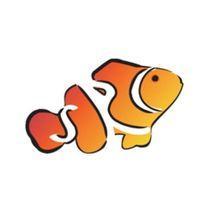[DISCUSSION] Top 10 common mistakes newbies make when starting up a marine tank.
-
Similar Content
-
Topics
-
Latest Update
-
1
-
2
-
1
-
30
Slow stream decom
Some more frags of zoas available! Please ask for quotes and prices. Competitive and cheap! -
0
WTS/T XXL 35cm Leather
Open up to 35cm or larger. Looking to sell or trade. PM to discuss.
-






Recommended Posts
Join the conversation
You can post now and register later. If you have an account, sign in now to post with your account.